PDF-JAVA-BASED OPEN ACCESS FRONT ENDS IN THE FERMILAB CONTROLS SYSTEM ...
Author : celsa-spraggs | Published Date : 2015-09-13
D Nicklaus Fermilab Batavia IL 60510 USA Abstract As part of Fermilabs Javabased controls software infrastructure we have implemented an 147Open Access148 Frontend
Presentation Embed Code
Download Presentation
Download Presentation The PPT/PDF document "JAVA-BASED OPEN ACCESS FRONT ENDS IN THE..." is the property of its rightful owner. Permission is granted to download and print the materials on this website for personal, non-commercial use only, and to display it on your personal computer provided you do not modify the materials and that you retain all copyright notices contained in the materials. By downloading content from our website, you accept the terms of this agreement.
JAVA-BASED OPEN ACCESS FRONT ENDS IN THE FERMILAB CONTROLS SYSTEM ...: Transcript
D Nicklaus Fermilab Batavia IL 60510 USA Abstract As part of Fermilabs Javabased controls software infrastructure we have implemented an 147Open Access148 Frontend architecture 1. HVYPUPUN HVYPUPUN 574235742257420574175742257413 574475744157460574555745857393573905746157446574525739057445574445746157376 574215740957417574205737657414574235742657421 5741557441574605745557458573765741257449574545744957454574475737657427574455745 1 716 60 382 16 73 18 18 20 25 D4110 98 91 58 10 45 14 29 D4111 47 279 241 170 22 92 12 32 D4112 315 851 213 428 121 276 37 80 D4117 947 2358 1105 1357 647 823 95 493 86 86 D4124 283 494 152 358 173 499 296 3471 35 35 D4125 381 754 74 304 17 140 83 O MICE . Collaboration Meeting. Ruben . Carcagno. March . 15. , . 2012. 1. R. Carcagno - MICE CC Testing at Fermilab. 3/15/2012. MICE CC Assembly. 3/15/2012. R. Carcagno - MICE CC Testing at Fermilab. 2. Paperless Environment. By Andrew Laflin and Jim Kreiser. “Going Paperless…”. When people hear the phrase “going paperless,” they often assume they will no longer be using paper in daily tasks or even have access to it in their office.. 1. The LHC Voyage . Of. Discovery . Dan Green. Fermilab. Fermilab Lecture, Sept. 23, 2011. 2. What is Particle Physics?. Particle physics is the modern name for the centuries old effort to understand the laws of nature. . Fermilab is America’s particle physics and accelerator laboratory.. Our vision is to solve the mysteries of matter, energy, space and time for the benefit of all. . We . strive to:. - lead the world in neutrino science with particle accelerators. Jerry Cai. &. The LAFS Team. High Level LHC Schottky Software. An initial version of High Level Software for LHC Schottky project has been created.. Implements the requirements from the document:. Jamie Blowers. LCLS-II EDM/PLM Applications. 31-Mar-2014. Outline. QA/QC “first principles”. Fermilab QA, Procurement, and Engineering . framework. QA/QC staff and function infrastructure. Process control software infrastructure, Vector. R. Tschirhart. US-Japan 30th Anniversary Symposium . Kona, Hawaii. October 20. th. 2010. K. aons. at the . TeV. atron. The . KTeV. experiment was primarily a comprehensive study of neutral . kaon. SPAFOA Member's Meeting. December 15, . 2010. J.Strait, Fermilab . - . SPAFOA Member's Meeting - Dec 15, 2010. 2. Sample with bullet points. First Bullet. Second Bullet. More. Yet more. Still more. Less important. Circularly Permuted Genomes. Some phages have circularly permuted genomes. This means a linear concatamer of phage DNA is synthesized, used to fill a phage head, then cut when the head is full. Generally, one head will fit more than 100% of a genome, say, 103-110%. This ensures that wherever the DNA is cut, at least one working copy of each gene is present.. The Desired Brand Effect Stand Out in a Saturated Market with a Timeless Brand The Desired Brand Effect Stand Out in a Saturated Market with a Timeless Brand Engage youth in ENDS discussion. .. Source: CDC, ND DOH, American Lung Association. LaMoure County Public Health Department. Jessica Duffy, RN, Tobacco Prevention Coordinator. Darcy . Klever. , Tobacco Prevention Coordinator.
Download Rules Of Document
"JAVA-BASED OPEN ACCESS FRONT ENDS IN THE FERMILAB CONTROLS SYSTEM
..."The content belongs to its owner. You may download and print it for personal use, without modification, and keep all copyright notices. By downloading, you agree to these terms.
Related Documents

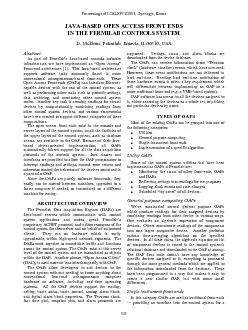
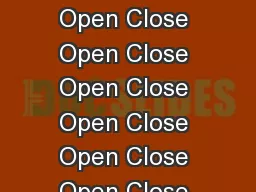
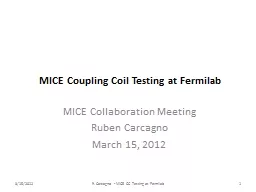
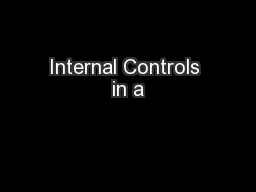
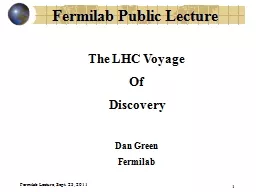
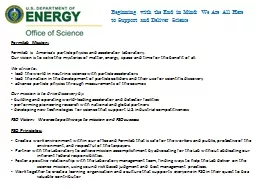
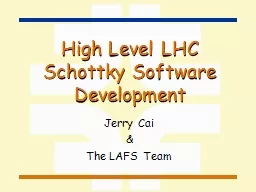
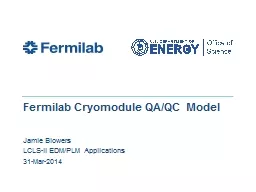
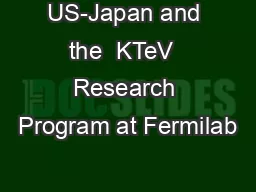
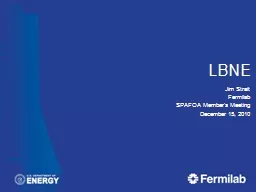
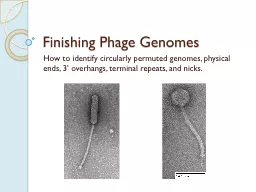
![[FREE]-Java: This book includes: Java Basics for Beginners + Java Front End Programming](https://thumbs.docslides.com/973042/free-java-this-book-includes-java-basics-for-beginners-java-front-end-programming-java-back-end-programming.jpg)
![[READING BOOK]-Java: Java For Beginners Guide To Learn Java And Java Programming (Java](https://thumbs.docslides.com/973988/reading-book-java-java-for-beginners-guide-to-learn-java-and-java-programming-java-programming-books.jpg)
